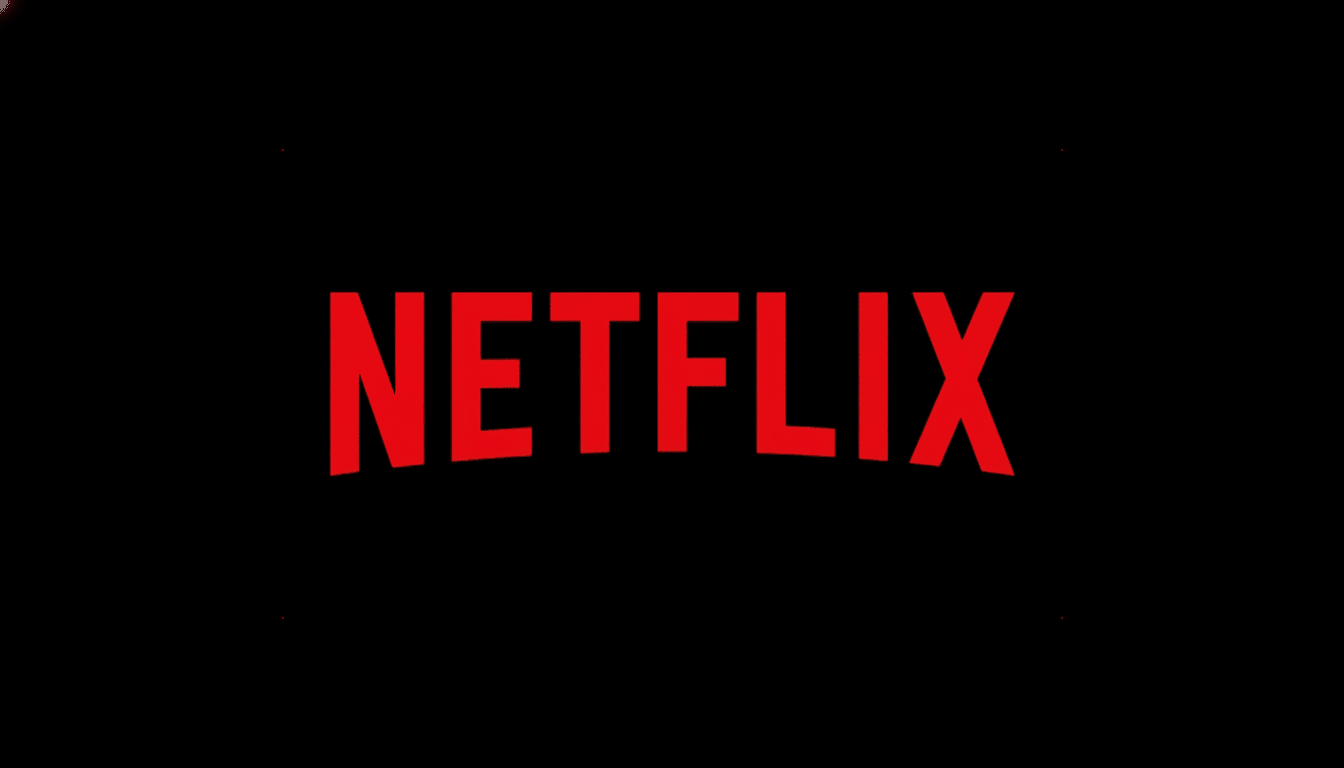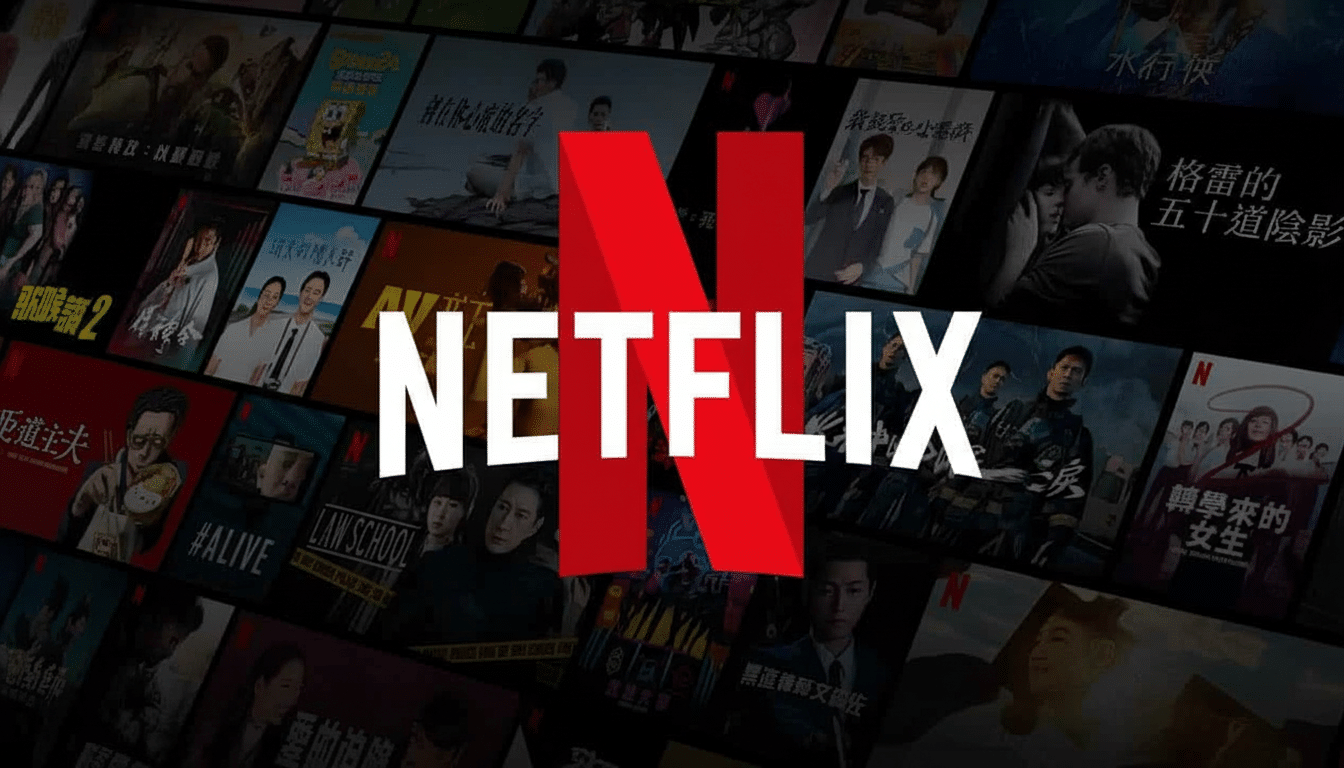Netflix is signaling that its investment in generative AI will go beyond creative whim, positioning the technology as a potential accelerant rather than replacement for artists. In its most recent investor communication, leadership positioned AI as an efficiency engine throughout production, post, and promotion and stressed that storytelling is still a function of human beings. It is a message that cannot be missed or misconstrued: full speed on tools, not synthetic stars.
Why Netflix Is Embracing Generative AI at This Moment
There are strong incentives for the company to scale content creation, all while making sure it hits timelines and budgets. Netflix reported revenue increasing 17% year over year to $11.5 billion, underscoring the pressure to stock a global slate with consistent quality and lower per-title risk. Generative AI should also lead to faster iterations in previs, design, and effects — helping teams lock creative choices sooner and prevent crippling reshoots.
- Why Netflix Is Embracing Generative AI at This Moment
- How Generative AI Makes It to the Screen for Viewers
- The Split Within Hollywood Over Generative AI Policy
- Data, Consent, and Provenance in AI Production Pipelines
- What Going All In on Generative AI Means for Netflix
- Risks That Might Impede Generative AI Adoption
- The Bottom Line on Netflix and Generative AI Use

There’s also an advantage in data. Netflix has long relied on machine learning in areas such as personalization, artwork testing and encoding, so it is well prepared to plug a generative system into existing pipelines. The point is not novelty, executives say, but rather faster decision cycles and sharper creative choices for showrunners and filmmakers.
How Generative AI Makes It to the Screen for Viewers
Concrete examples are starting to emerge. Argentine series The Eternaut employed generative techniques to get an architectural collapse in final frames from a very complicated shot pretty early on in the process, with the advantage of having fast iterations. For Happy Gilmore 2, the team used AI de-aging in the opening scene; producers of Billionaires’ Bunker also used the tech during preproduction to develop wardrobe and set design ideas.
These use cases are representative of where the technology is strongest today: concepting, previs and targeted effects.
In real-world terms, that’s things like faster style frames, automatic cleanup passes and parameter-driven variations to allow folks on the creative side to “audition” looks before you go nuclear with VFX spending. Netflix executives have also made clear that great tools do not produce great stories on their own but can expedite the journey to a director’s vision.
The Split Within Hollywood Over Generative AI Policy
The guilds and studios are still miles apart on where to draw the line. The Writers Guild of America set guardrails so that AI cannot receive writing credit or be wielded in a manner that undercuts compensation and, through SAG-AFTRA negotiations, performers obtained consent and compensation provisions for digital replicas. Those rules do not resolve the training-data debate, or restrict off-platform experimentation by vendors.
Tensions flared again after OpenAI released Sora 2, which critics said did not impose enough limits against creating specific depictions of real-world actors and historical figures. SAG-AFTRA and the actor Bryan Cranston publicly called for greater protection against deepfakes and misuse. Even if the focus is on deployment behind the scenes, there are warnings by union leaders that VFX and postproduction jobs would take a hit from automation.

Data, Consent, and Provenance in AI Production Pipelines
Legal risks loom. Ongoing lawsuits around training data, such as ones brought by news and image organizations, underscore that copyright issues can remain murky when an AI system relies on copyrighted inputs. To limit their exposure, major content owners are mandating that vendors adhere to documented sourcing and content provenance. Studios and distributors are citing efforts like the Coalition for Content Provenance and Authenticity and the Content Credentials project.
Netflix should demand clearer chain-of-custody for AI-generated assets, from the prompt logs to model disclosures, particularly for marketing and localized materials. That strategy is in line with other compliance trends in creative industries and will help to maintain the audience’s trust even as synthetic and live-action content intermingle within a single scene.
What Going All In on Generative AI Means for Netflix
The smart bet is workflow reformation. Generative tools could also expedite storyboard cycles, speed synthetic-plate location scouts, create language-specific promos and help with VFX (like cleanup and crowd replication). How it works: Under the hood, data teams are able to spin up model-assisted A/B tests and automated creative variants at a speed that traditional pipelines cannot compete with.
Consultants such as those from McKinsey or Deloitte forecast that there are double-digit productivity gains to be had across media workflows in which generative systems augment human teams. The near-term metric to monitor is not whether a script was written, but reductions in shot turnaround time, fewer late-stage production change orders, and lower unit costs for effects-heavy sequences. If those move in the right direction and viewers keep coming, the strategy will look prescient.
Risks That Might Impede Generative AI Adoption
Two roadblocks stand out. Modeling quality is still not consistent, with artifacts and bias issues that need heavy human supervision. Secondly, rights clearance is complicated, especially when it comes to likeness, voice and music. Flubs can lead to reputational blowback and litigation. Studios that ramp up the use of AI will require rigorous vendor audits, ironclad consent tracking and clear crediting policies to sustain trust with unions and audiences.
The Bottom Line on Netflix and Generative AI Use
Netflix’s stance is pragmatic and pointed. Generative AI is being integrated where it saves time and broadens creative choice, rather than replacing the core work that writers and actors do. With industry still split, the likely direction will be a gradual expansion of behind-the-scenes use combined with stronger provenance and consent controls. If the company can demonstrate that it can achieve faster, more secure production without diminishing artistic jobs, others will fall in line.

